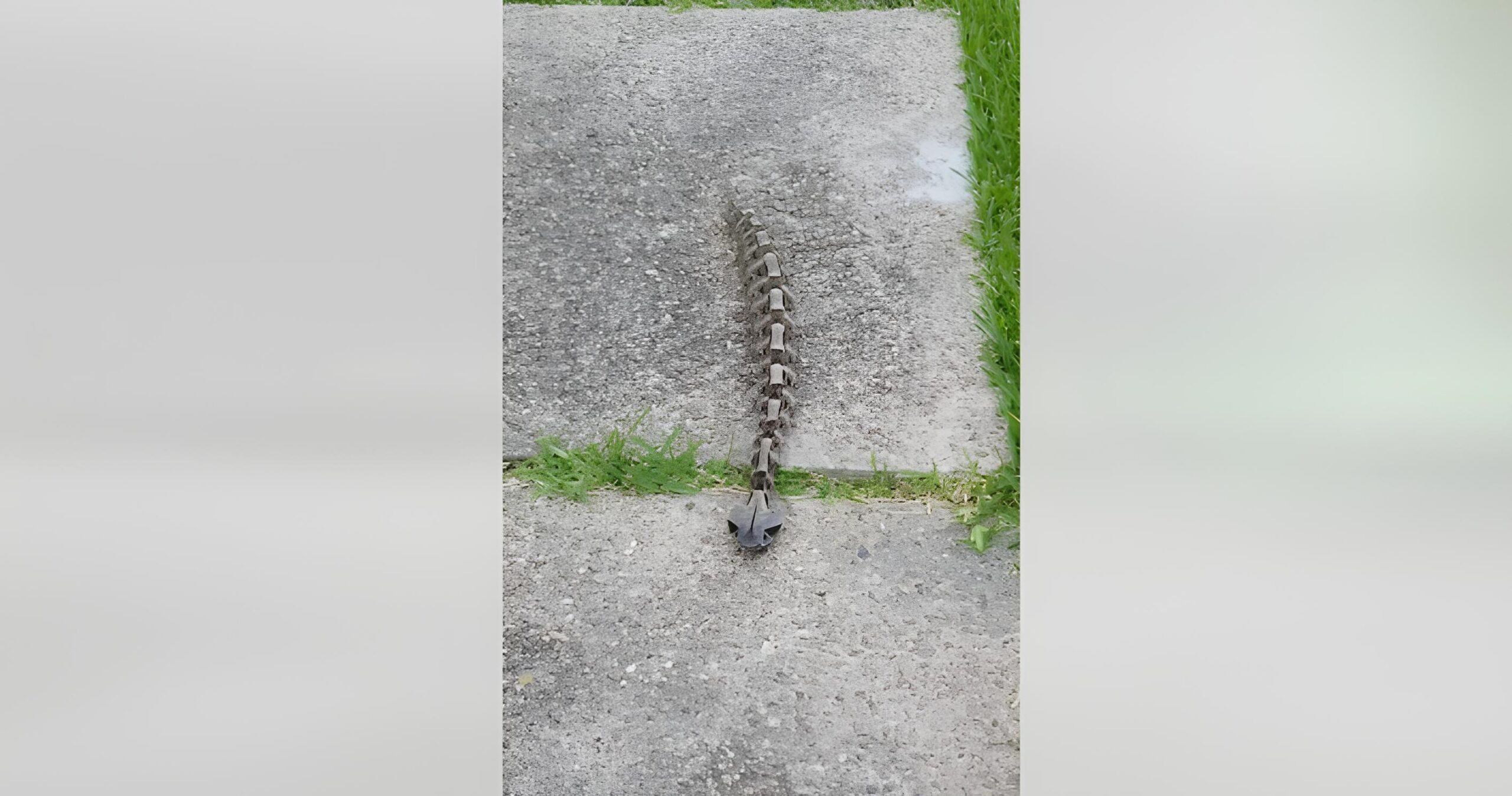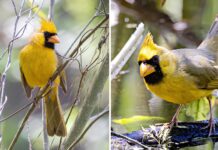I’ve always had a minor phobia of snakes, but I live in a region where venomous ones are uncommon. Nonetheless, I find these creatures immensely interesting, and when I periodically venture into the area of the world’s most poisonous reptiles, I feel a mixture of fear and fascination.
The Gaboon Viper is a true natural wonder that lives deep within the African jungles. This intriguing serpent has a mesmerising combination of cool camouflage, strong venom, and unrivalled hunting abilities.
Today, we dig into the fascinating world of this one-of-a-kind animal, revealing the mysteries behind its distinctive characteristics and reign as one of Africa’s most deadly predators.

The Gaboon Viper, also known as the Gaboon Adder, is one of Africa’s largest and deadliest vipers. This elusive serpent is renowned for its vivid and detailed camouflage, making it a genuine master of disguise. It is native to the lush rain forests and arid savannas of Central and West Africa.
The snakes are only outweighed by extremely big King Cobras, which may grow to be 6 feet long and weigh more than 20 pounds.
What’s more terrifying is that this snake has fangs that are the longest among all venomous serpents, measuring up to 2 inches in length. The Gaboon Viper has one of the most effective venom delivery systems in the snake world.

Its venom, a strong cocktail of enzymes and toxins, is capable of cause serious tissue damage, intense pain, and, if left untreated, can be fatal.
The serpent’s head is huge and triangular, but it’s the exquisite skin patterns that capture the imagination. The snake’s remarkable camouflage allows it to mix perfectly into the leaf litter on the forest floor, making it nearly impossible to spot before it attacks.
The Gaboon Viper ambushes its prey in a careful and strategic manner – it is a highly patient species that spends lengthy periods immobile before the attack. Eating fully grown bunnies, monkeys, even the occasional little royal antelope. This ravenous predator demonstrates both its tremendous appetite and its ability to swallow large prey.

Fortunately, this species’ human contacts and snakebites are uncommon. Because of its choice for distant settings and typically non-aggressive behaviour, reported occurrences of human attacks are rare. When such events do occur, they are frequently the consequence of unintended contacts in which people inadvertently walk on the snake.
If anti-venom is not provided in these terrible instances, the consequences can be lethal. Notably, this snake has the capacity to hang onto its prey after biting, allowing it to inject higher amounts of venom into the bloodstream.
As previously stated, the Gaboon viper is only found in Africa. However, some Americans continue to keep them as pets in their homes.

The Gaboon viper attracts snake enthusiasts who want to have one as a pet due to its status as the world’s largest viper and its remarkable appearance. However, sometimes this option might have disastrous effects, as was the case in Virginia in 2022.
A man who was keeping the venomous snake as a pet was bitten, according to reports. Police were summoned, and the man was rushed to Richmond Hospital and admitted to the emergency room in a race against time to save his life.
The problem was compounded by the fact that the VCU Medical Centre had run out of anti-venom supplied by the Smithsonian National Zoo. However, the Virginia Aquarium and Marine Science Centre in Virginia Beach made a great contribution of 35 bottles of anti-venom to aid in the treatment.

It looks that 2022 was a bad year for Gaboon owners, as there were reports of a Gaboon Viper biting a man in North Carolina just a few months before the Virginia event. The man needed 44 anti-venom vials and regrettably lost several fingers in the process.
Although there have been accounts of Gaboon Vipers escaping into the wild, the likelihood of seeing this venomous snake in the United States is exceedingly rare. The Georgia Department of Natural Resources reported a possible sighting of the lethal snake in Milledgeville, Georgia, in 2015.
A video uploaded by The Reptile Report became viral on social media in 2021. It showed a Gaboon Viper that had been discovered on the street, and people were intrigued by its outstanding camouflage against the surroundings. And when it moved, it resembled a caterpillar!
The video received a lot of attention, and it’s simple to see why: what a fantastic creature this is:
The Gaboon Viper is a tribute to nature’s miracles, demonstrating its incredible capacity to adapt, endure, and prosper in African rain forests.
We develop a fresh appreciation for the delicate balance of power and beauty that distinguishes the natural world as we peel back the layers of its enigmatic existence – share this post if you agree!






